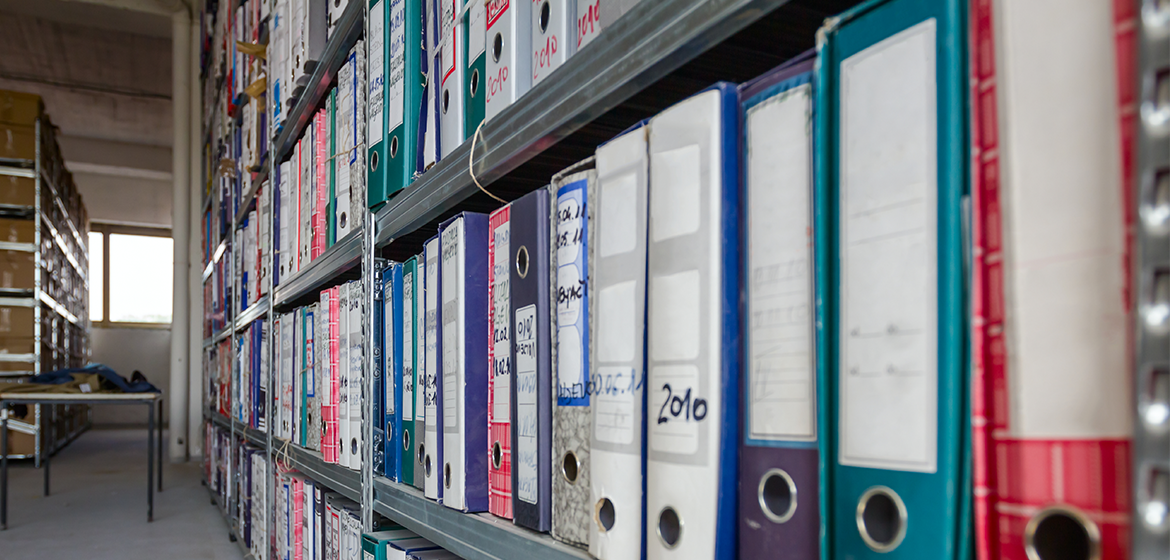The Feasibility Of Document Restoration After Water Damage

Water damage can be a devastating experience, causing significant harm to both personal belongings and important documents. When faced with the aftermath of a water-related incident, one of the primary concerns is the restoration of damaged documents. Fortunately, document restoration is not just a possibility but a viable solution that can save your valuable records from being lost forever. In this blog post, we will explore the feasibility of document restoration after water damage and highlight the importance of seeking professional assistance to ensure successful restoration.
Understanding the Impact of Water Damage
Water damage can result from various sources, such as floods, leaks, or burst pipes. Regardless of the cause, the consequences can be dire, particularly for documents that hold significant value, both emotionally and practically. Water can seep into paper and other porous materials, causing irreparable damage, such as discoloration, warping, mold growth, and ink bleeding. Quick action is crucial to prevent further deterioration and salvage as much as possible.
The Role of Document Restoration Professionals
Document restoration professionals specialize in the recovery and preservation of water-damaged documents. These experts possess the knowledge, tools, and techniques to carefully handle and restore a wide range of documents, including books, photographs, legal papers, and historical records. They understand the delicate nature of documents and employ specialized methods to minimize further damage during the restoration process.
The Document Restoration Process
Document restoration typically involves a systematic approach to mitigate the effects of water damage and restore the documents to their pre-damaged state. The process begins with the assessment of the documents’ condition, where professionals identify the extent of the damage and determine the best course of action. They prioritize documents based on their significance and value, ensuring that the most important ones receive immediate attention.
Once the assessment is complete, the restoration process moves forward with the careful handling and drying of the documents. Professionals utilize specialized equipment such as dehumidifiers, air movers, and drying chambers to remove excess moisture and prevent further deterioration. This step is crucial in halting the growth of mold and minimizing the risk of permanent damage.
After the drying phase, document restoration specialists employ techniques to remove stains, mold, and other contaminants from the documents. They use gentle and non-invasive methods to ensure the integrity of the documents is preserved while effectively cleaning and sanitizing them. In some cases, they may utilize specialized solvents and treatments to remove stubborn stains or address specific issues.
For documents that have experienced ink bleeding or fading, restoration professionals employ advanced techniques such as chemical washing or bleaching to restore legibility without causing further harm. They have the expertise to carefully treat each document based on its unique composition and condition, ensuring that the restoration process is tailored to meet the specific needs of the documents at hand.
Throughout the entire restoration process, document restoration professionals maintain a meticulous record of each document and its progress. This detailed documentation helps in keeping track of the restoration efforts and provides clients with a comprehensive overview of the restoration journey.